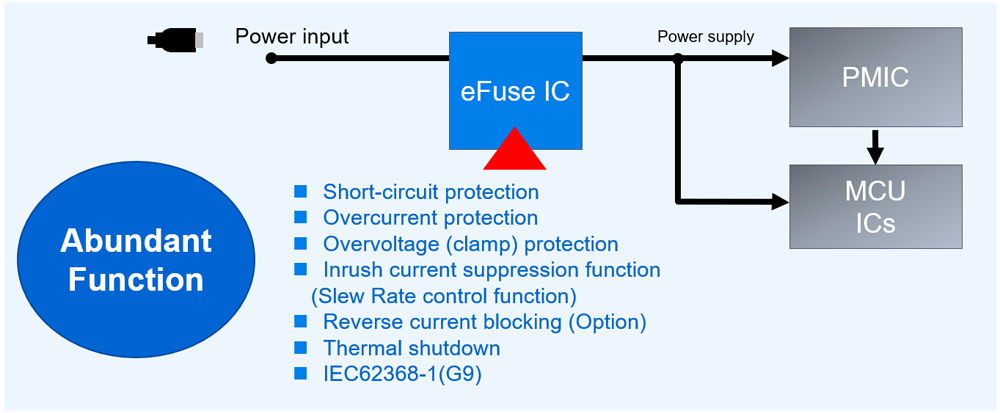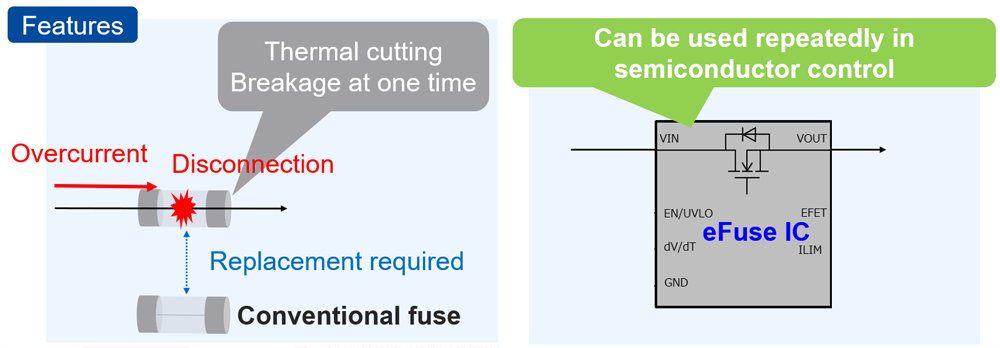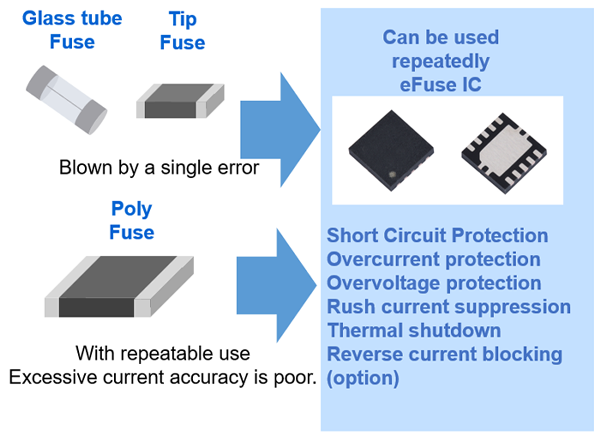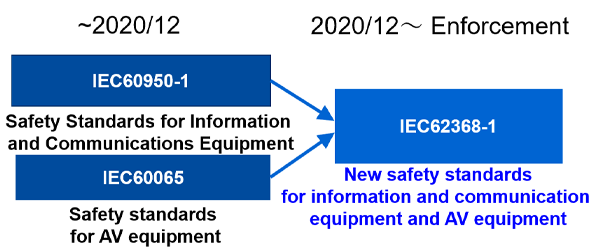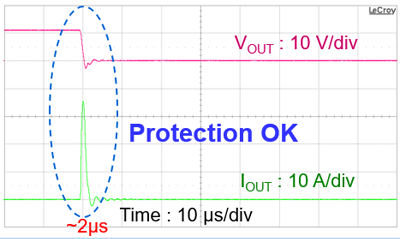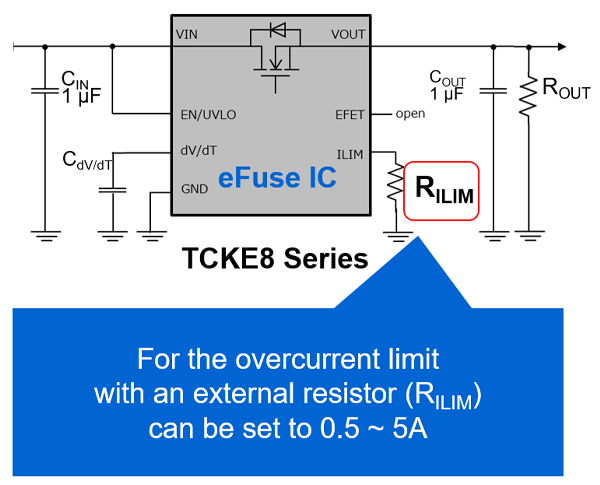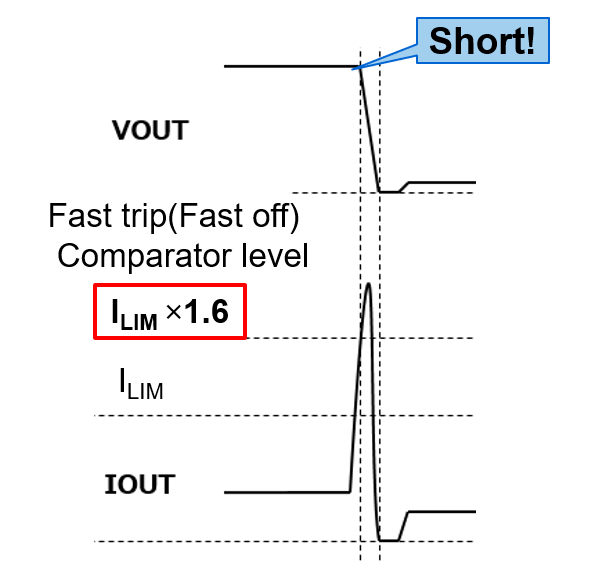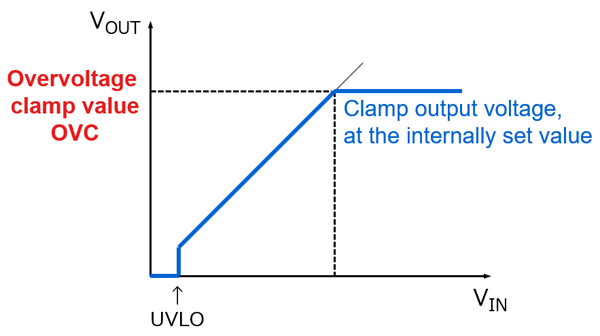- 型号 & 关键词搜索
- 交叉搜索
- 参数搜索
- 库存查询与购买
This webpage doesn't work with Internet Explorer. Please use the latest version of Google Chrome, Microsoft Edge, Mozilla Firefox or Safari.
请输入3个以上字符 Search for multiple part numbers fromhere.
The information presented in this cross reference is based on TOSHIBA's selection criteria and should be treated as a suggestion only. Please carefully review the latest versions of all relevant information on the TOSHIBA products, including without limitation data sheets and validate all operating parameters of the TOSHIBA products to ensure that the suggested TOSHIBA products are truly compatible with your design and application.Please note that this cross reference is based on TOSHIBA's estimate of compatibility with other manufacturers' products, based on other manufacturers' published data, at the time the data was collected.TOSHIBA is not responsible for any incorrect or incomplete information. Information is subject to change at any time without notice.
请输入3个以上字符
转换速率控制(抑制浪涌电流)
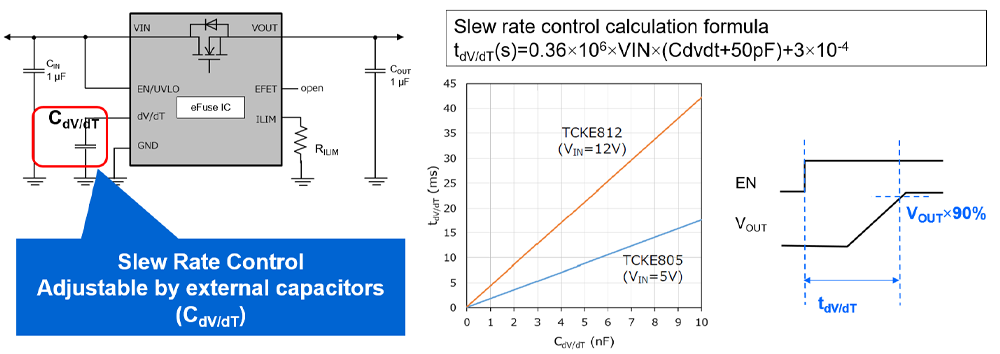
当输出端导通时,浪涌电流流动,以对连接到负载侧的电容器充电。如果此电流过大,过流保护电路可能会发生故障,无法启动,或者输出电压可能出现过冲。
为防止出现这种情况,此功能会限制浪涌电流并控制输出电压上升时的转换速率。

转换速率控制功能可通过外部电容器控制输出电压上升。
左图中红框内侧为外接电容器CdVdT。
改变此值后,即可调整输出电压的上升转换速率。
可用右上方的公式表示外接电容器CdVdT的电容以及输出电压的上升时间tdV/dT。
右图显示了上述关系。
在该图中,横轴表示电容越大,纵轴输出电压的tdV/dT上升越慢。也可通过缓慢升高此输出电压来减小浪涌电流。
在带有分立器件的结构中,需改变栅极电压、电流调整值、栅极电容值等各种常数来改变转换速率,但使用eFuse IC时,可用单个小电容器调整转换速率。

下图是利用转换速率控制抑制浪涌电流的一个示例。
左图所示的波形是dV/dT端开路时输出电压和电流的上升波形,右图所示的波形是dV/dT端加上1nF时的波形。
可通过调整CdVdT终端电容来调整转换速率。

- Prev
- 10/10


